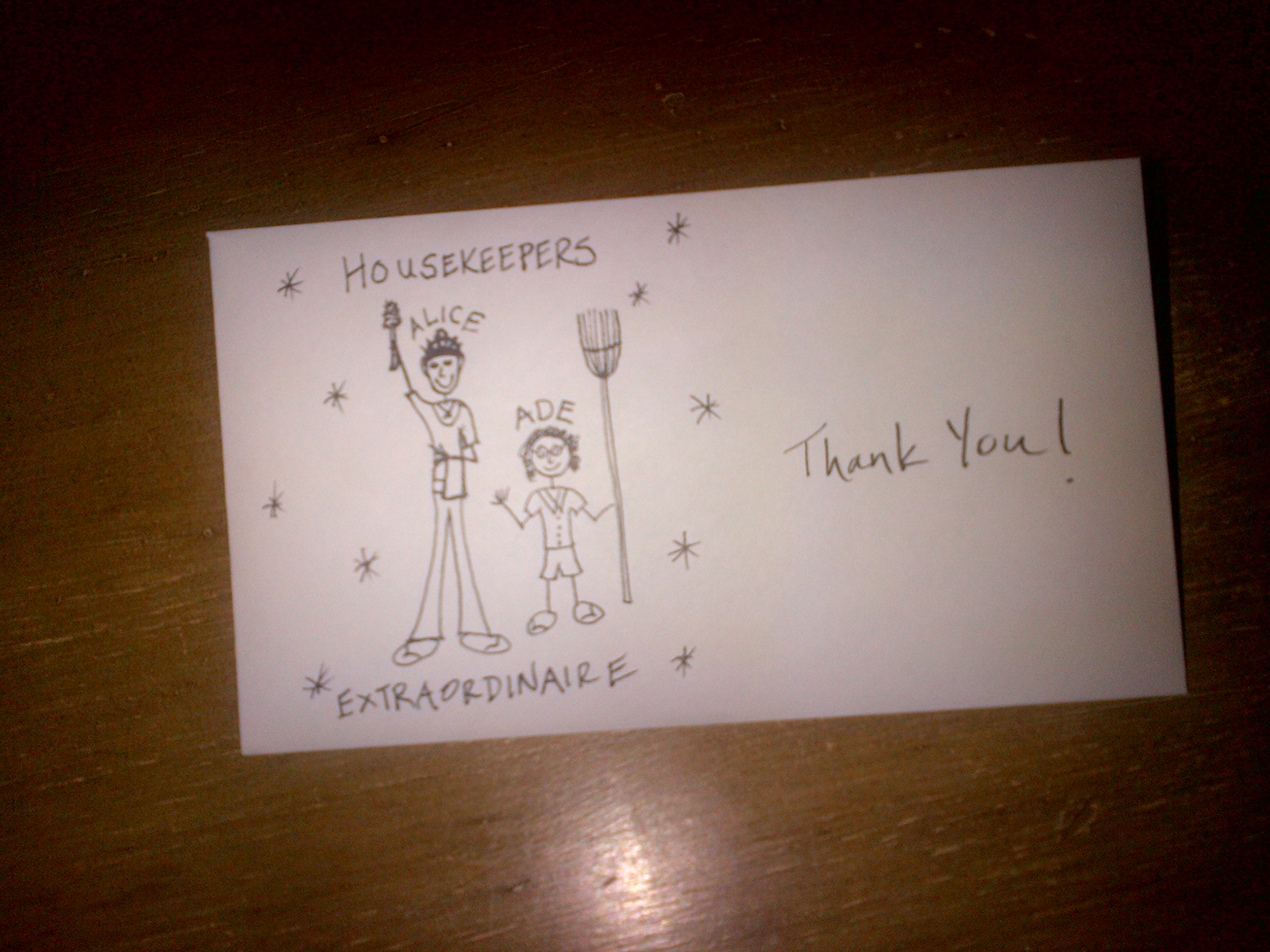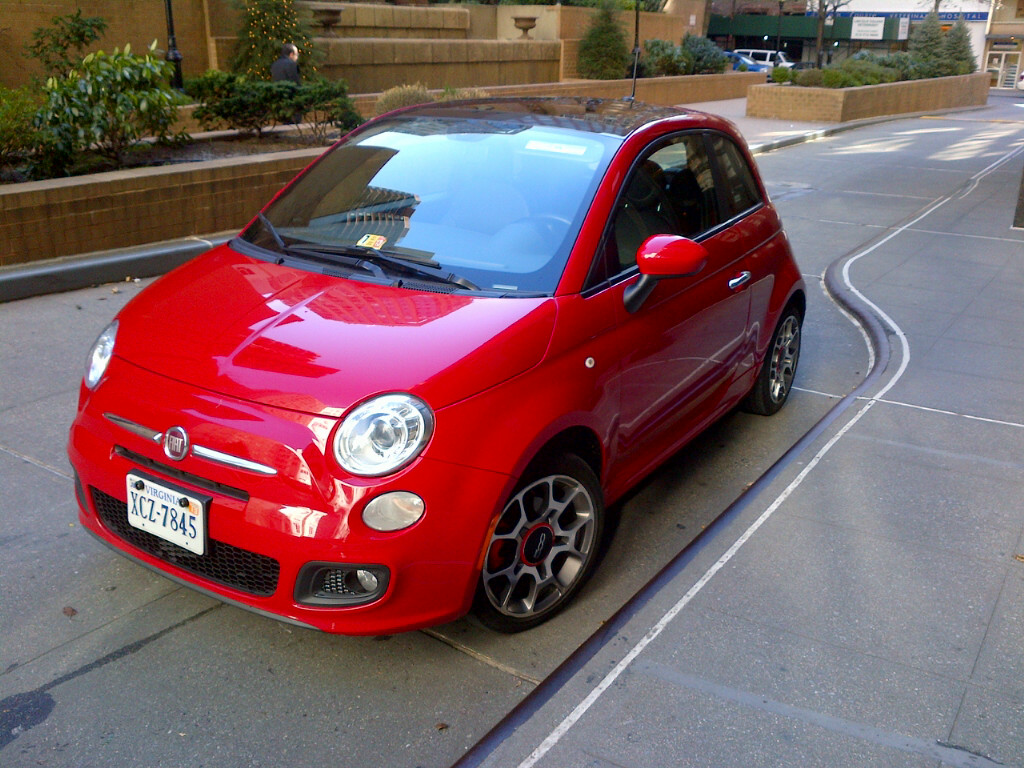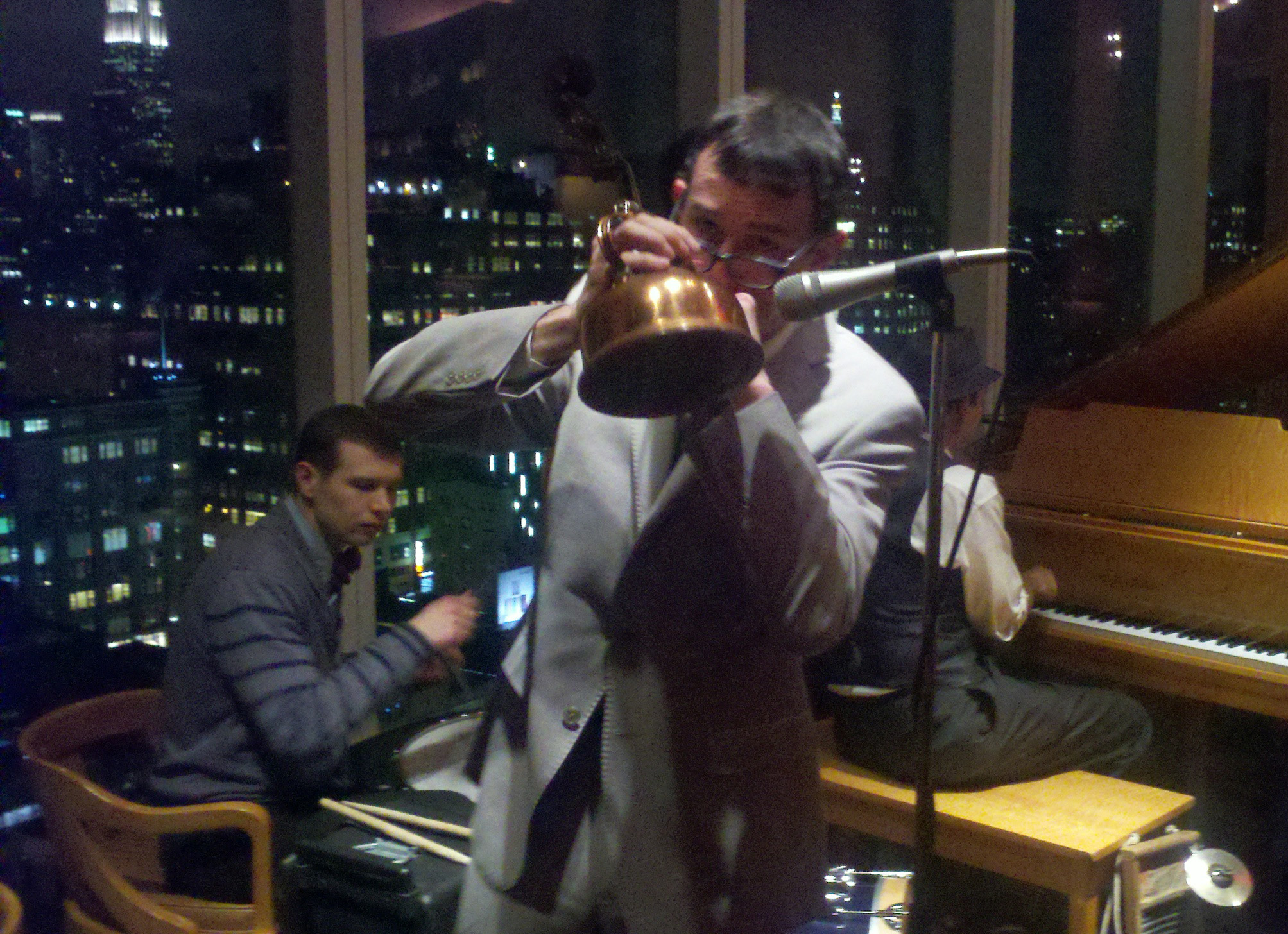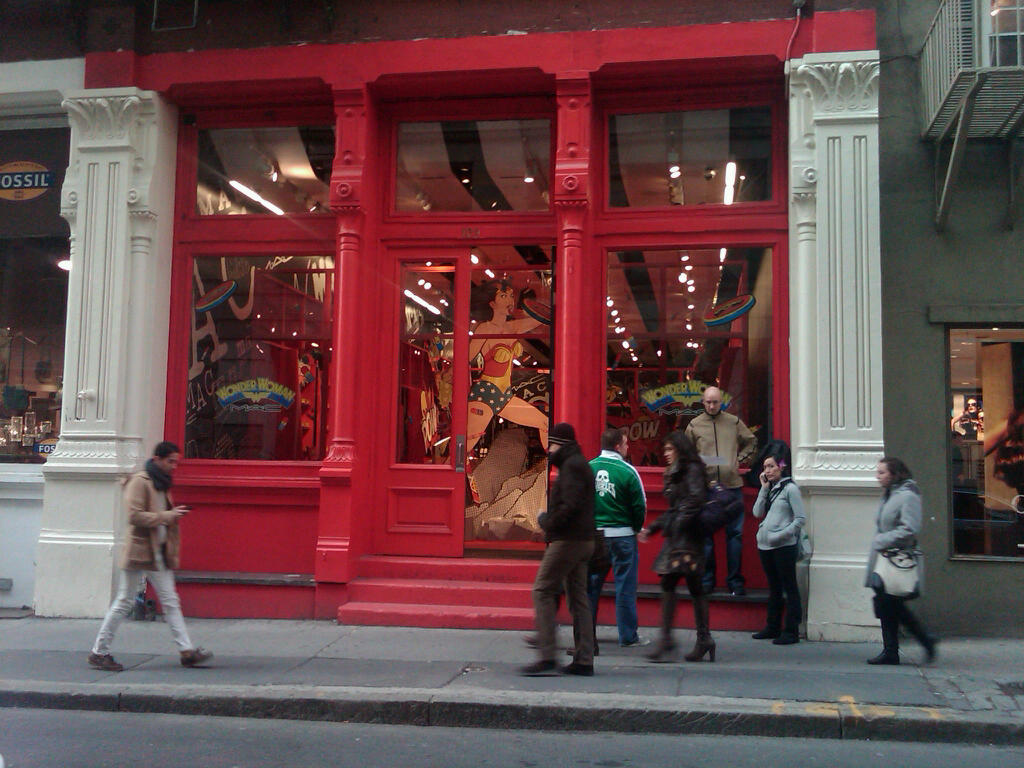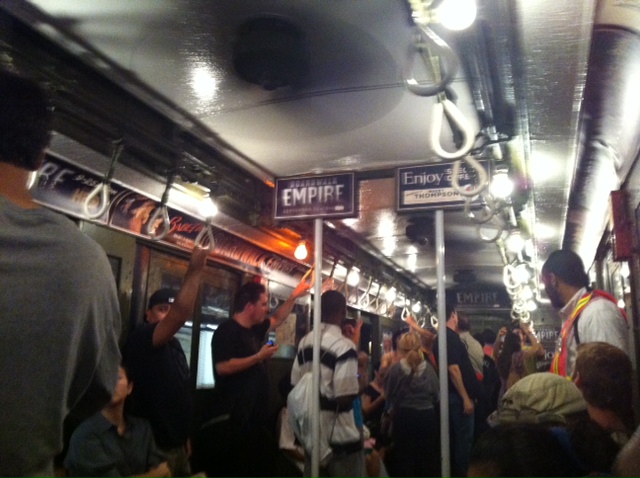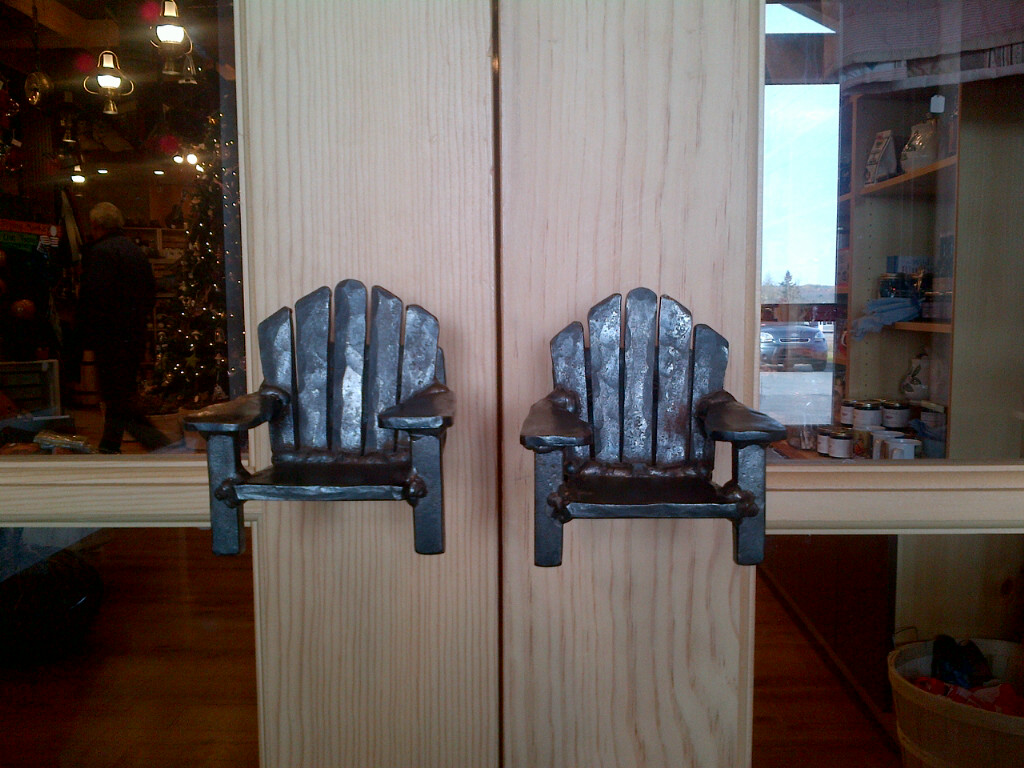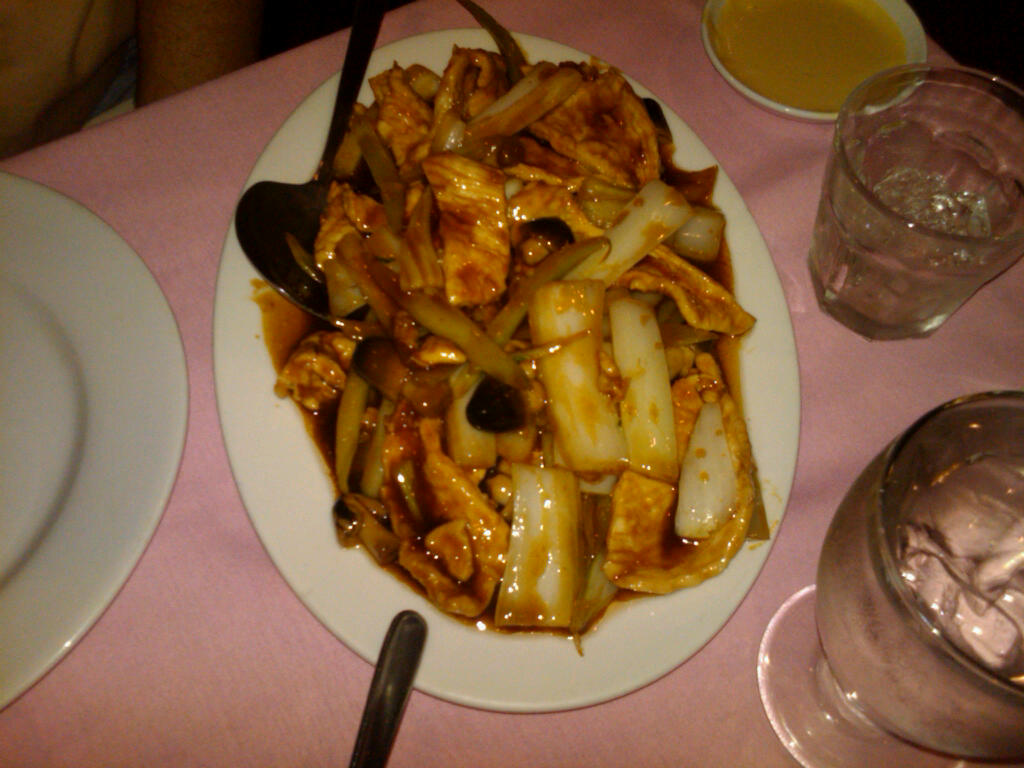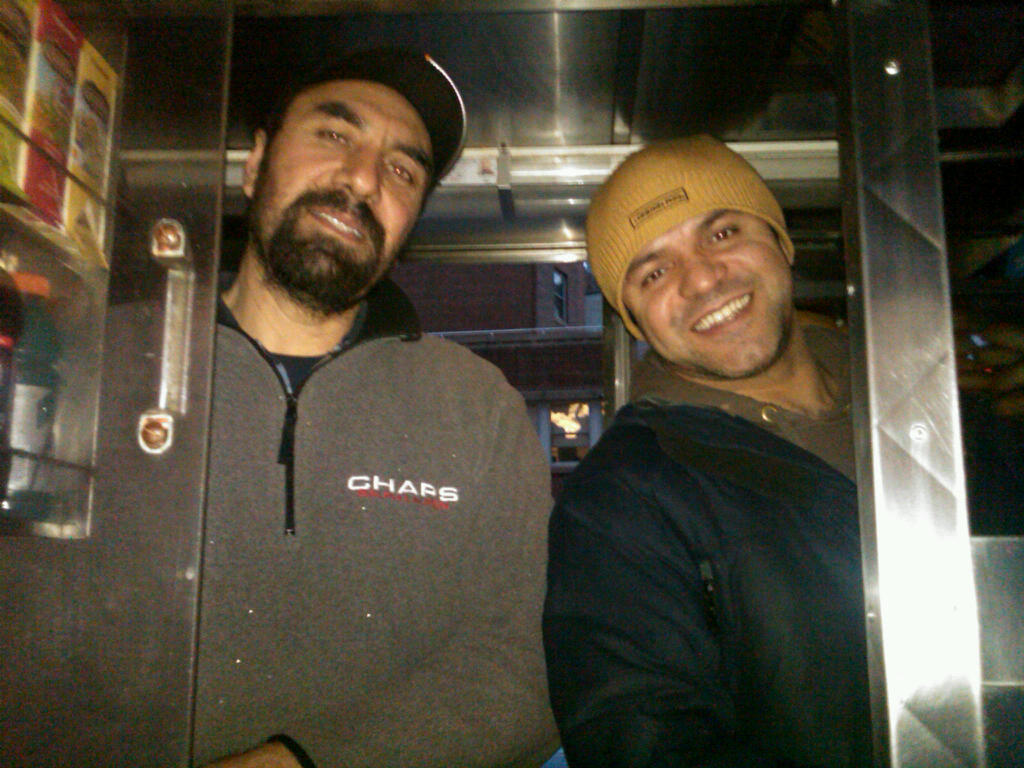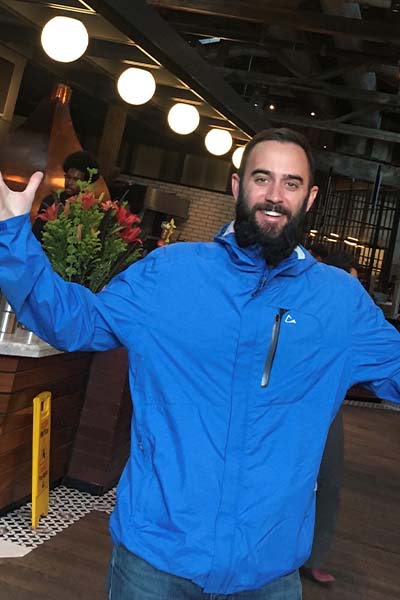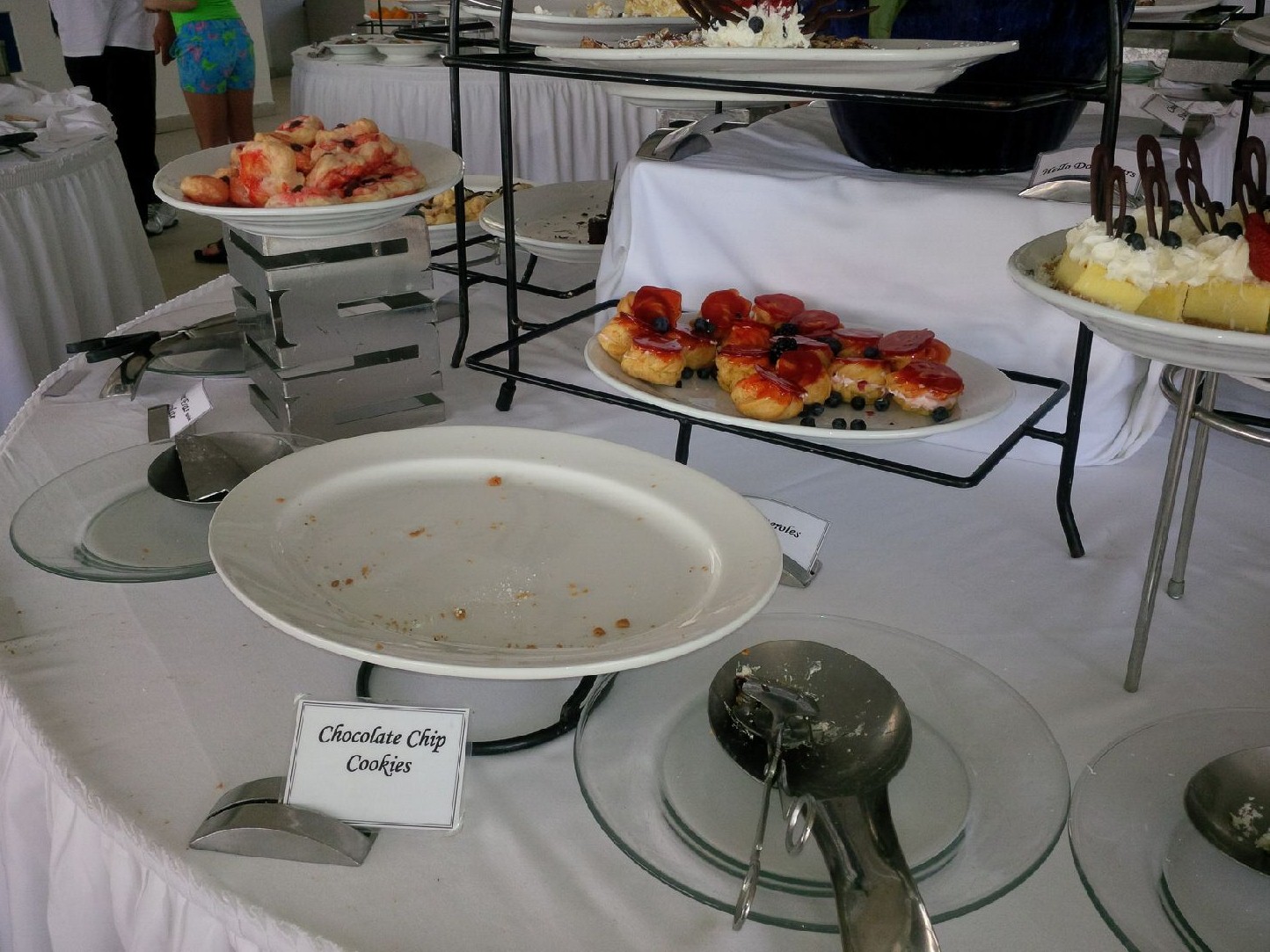
Chocolate chip cookies are now on the endangered species list.
Is there a more disappointing sight at a buffet table?
The background: during a week’s stay at an all-inclusive resort, it fascinated me that the plate of chocolate chip cookies was nearly ALWAYS empty on a buffet table filled with more than a dozen different types of desserts. This meant that…
– People congregated around the table waiting for a new batch to come out
– They discussed with each other how annoying it is while they waited
– The arriving cookies were snatched up within one minute of being placed on the table
– And thus…the waiting process began all over again for those not quick on the draw
Seeing the imbalance of so many desserts go to waste, while unhappy customers fought each other for elusive cookies, finally overwhelmed me. So I asked the restaurant manager: why don’t you guys just make more cookies?
Are you sitting down? It’s corporate policy for them to make an equal amount of desserts every night, regardless of how many are consumed. So…even though it’s cheaper to make chocolate chips than, say, strawberry infused profiteroles – and people would rather eat the chocolate chips than said profiteroles – they aren’t allowed to deviate from the plan because it’s “corporate policy.”
When I asked why they don’t just change the policy, I got the answer that makes business strategists and marketers cringe with pain: “we’ve just always done it this way, so corporate won’t want to change it.” And yet…a quick poll of the servers proved that it’s the number one complaint (in most cases, the ONLY complaint) from their diners every single night.
Learn a sweet lesson from these cookies, people. If something is “broken” at your business that causes repeated and longstanding unhappiness among your guests…FIX IT. Don’t make excuses or hide behind habit or corporate policy…JUST FIX IT. Operational and financial challenges may slow you down, but don’t let them stop you from solving it.
Especially if cookies are involved. Never get between people and their cookies, my friends. It doesn’t end well for you.
 get travel marketing tips
get travel marketing tips 
